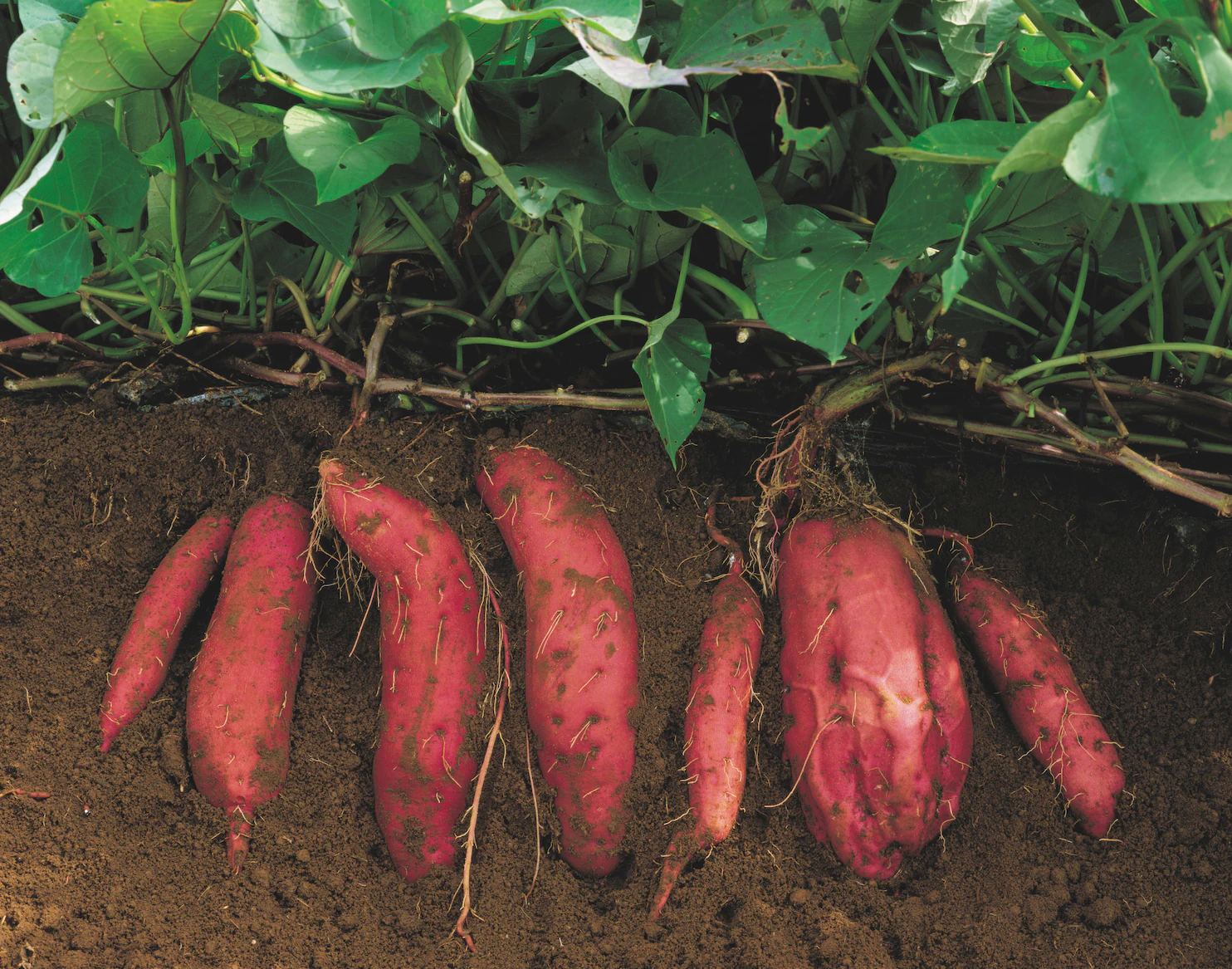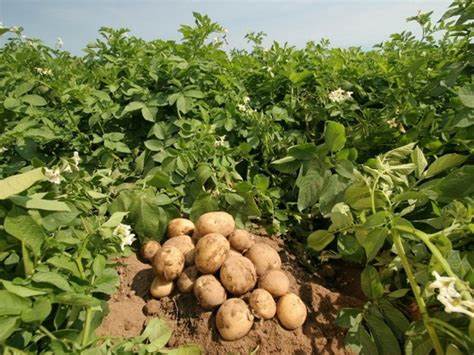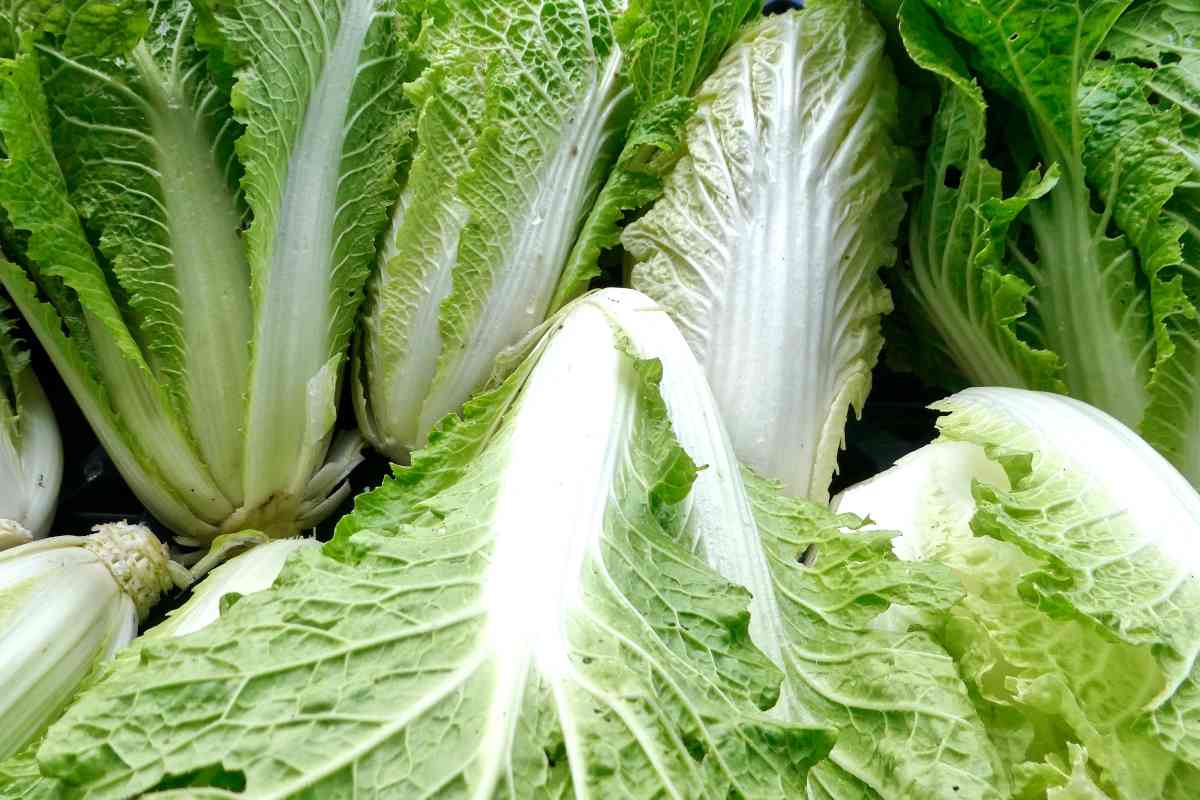THE BEST WAY TO PLANT SWEET POTATOES

- Musa Silumesii
- 18 Jan, 2024
Sweet potatoes thrive in loose, friable soils, particularly fertile sandy loams while performing poorly in clay and stony soils. Avoiding water-logged conditions is crucial, as is steering clear of saline and alkaline soils, which the crop is sensitive to. The optimal temperature for sweet potato growth is around 24°C, with growth being negatively impacted below 12°C or above 35°C. The crop exhibits resilience to drought, but yields is significantly reduced if drought occurs within the first six weeks after planting. In terms of land preparation, sweet potatoes favor well-prepared soil, typically with ridges or mounds. Discouraging flatbed fields is important to prevent yield reduction. Mechanization is feasible, aiding in soil moisture conservation. Propagation is achieved through vine cuttings or storage roots. However, vine cuttings are preferred for their disease-free attributes and the ability to produce higher-yield roots. When it comes to planting methods, sweet potato vine cuttings are ideally planted at an angle on mounds or ridges, buried 4-6 cm deep in the soil. Spacing varies depending on whether it's a single or double row. The recommended seed rate is approximately 27,000 cuttings per hectare, with around 5 ½ to 6 bags needed for an acre. Planting is best done at the onset of short and long rains, ensuring sufficient moisture for establishment. In terms of field management, sweet potatoes generally do not require fertilizer application. However, in extremely poor soils, farmers can consider applying compound fertilizer, with caution against excessive nitrogen, which could encourage vegetative growth at the expense of tuber growth. Farmyard manure has shown positive responses in sweet potatoes and is typically spread over the bed just before ridging or mounding. Weeding is crucial, with the first weeding recommended within 2 weeks after planting, followed by a second weeding during earthing-up. This careful attention to ecological requirements and management practices contributes to successful sweet potato cultivation. Source; Phiwa Dlamini
Leave a Reply
Your email address will not be published. Required fields are marked *
.jpg)












